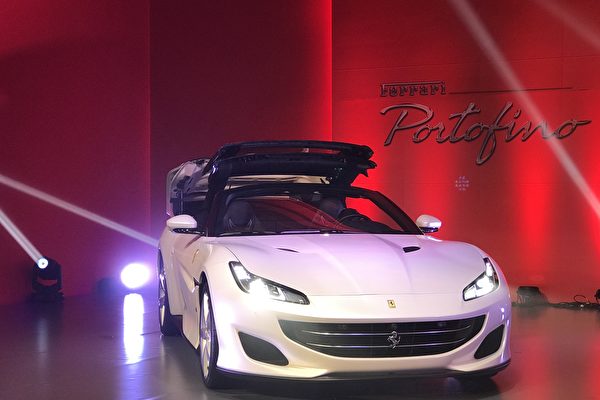In the world of luxury goods, Hermès can be considered as the king. Analysts predict that in the next three years, Hermès may surpass Louis Vuitton to become the world’s largest luxury brand. However, there is a luxury company that has surpassed Hermès in terms of growth and brand recognition, and that is Ferrari.
According to CNBC, this year, Ferrari has for the first time surpassed Hermès to become the world’s most valuable luxury company. Ferrari’s price-to-earnings ratio is currently at 50 times, while Hermès is at 48 times, and LVMH Group is at 23 times.
This legendary car manufacturer was founded by Enzo Ferrari in 1947 to fund his racing team. Ferrari went public on the New York Stock Exchange in 2015 at a price of $60 per share, and its current trading price is $410 per share.
Ferrari’s valuation exceeds $75 billion, approximately 1.5 times the market value of Ford or General Motors, both of which produce millions of cars annually, while Ferrari only produced 13,663 cars last year.
Ferrari CEO Benedetto Vigna, in an interview with CNBC, outlined five key aspects of Ferrari’s business operations.
The sales of all Ferrari models are significantly below market expectations. Based on order status, analysts estimate that Ferrari’s sales could reach two to three times the current production volume; its allure lies in its scarcity and exclusivity. Even if people can afford the average price of $380,000 for a Ferrari, the issue is that they can’t buy one.
The waiting time for Purosangue and other popular models is currently up to three years, the longest in Ferrari’s history. The biggest problem for all Ferrari dealers is: there is not enough car inventory, and too many customers are feeling frustrated.
Vigna pointed out that the main characteristic of true luxury goods is emotion. “Ferrari is a luxury company because it offers unique products that connect to people’s innermost emotions.” Luxury goods companies use technology, innovation, storytelling, heritage, and all means to “ultimately meet all of the customers’ emotional needs.”
It is generally believed that Ferrari’s pricing is based on profit demands. However, Vigna stated, “Our company’s pricing methodology is very simple. About a month before a car is ready to debut, a few of us go onto the track, personally experience it by driving for a day or a day and a half. Then, with the fresh experience, we discuss the price. It’s me, the CMO, and CFO pricing it, sharing with each other the feeling of driving.”
Vigna stated that the pricing strategy of “value over volume” allows Ferrari to achieve double-digit profit growth.
Ferrari will never admit it, but dealers will tell you that customers must go through numerous hoops to get a new Ferrari, especially limited editions.
Almost three-quarters of Ferrari cars are sold to existing customers, indicating that new customers find it challenging to buy a car, and the process of becoming a VIP is not easy.
After Vigna became CEO, he discovered that many Ferrari employees had never driven a Ferrari. So, the company takes employees to test tracks for firsthand driving experiences to understand the importance of their work.
Last year, Vigna also announced an employee stock ownership plan. “Employees are the core of the company. You need to motivate everyone. If you offer shares, they will feel like they are part of the company, just like owners,” he said.

